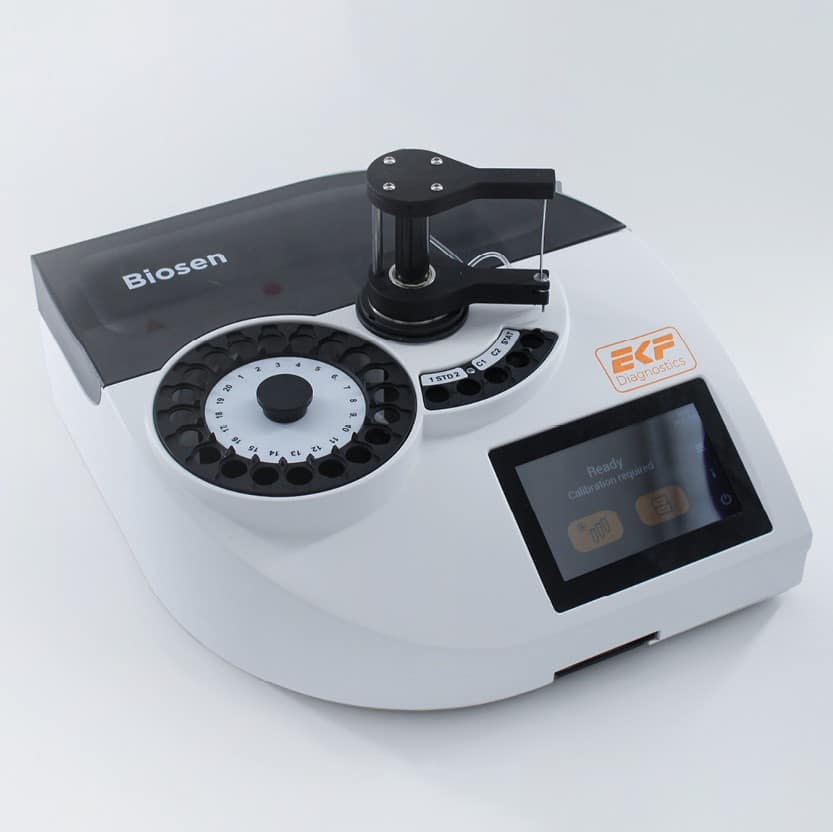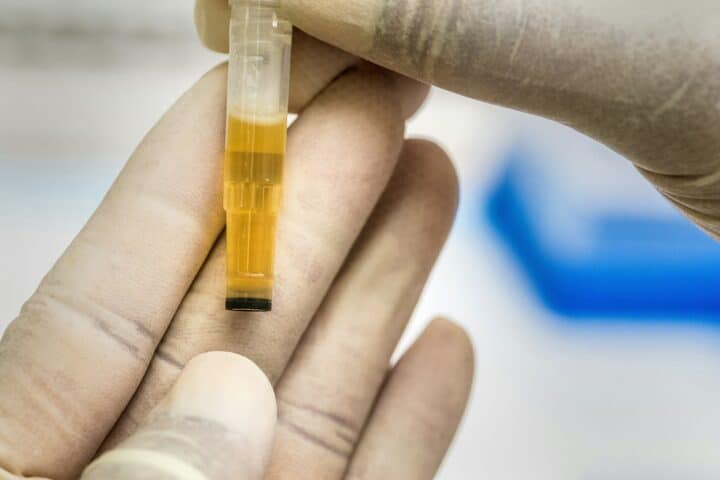Every year, sepsis affects millions worldwide. It is one of the most urgent medical emergencies we face, yet public awareness remains low. Sepsis is a life-threatening condition that arises when the body’s response to infection causes injury to its own tissues and organs. Early recognition and treatment are vital, and minutes can make the difference between life and death.
On World Sepsis Day, we want to change that by sharing the perspective of someone who has lived through it.

Sabrina’s Experience
Sabrina Brar, Chief Future Officer at POWERbreathe, went from being completely healthy to hospitalised in a matter of days:
“I had felt unwell for 3 days, with rigors, fever, fatigue and reduced appetite. The symptoms progressed fairly quickly; prior to this I had been completely fine. The symptoms persisted despite regular antipyretics and rest so I consulted my GP who advised that I attend A&E. From my medical experience, persistent fever and rigors are a symptom often associated with Sepsis.”

When Sabrina arrived at the hospital, her condition had worsened. Blood tests were taken immediately, including lactate, which is a crucial biomarker in identifying sepsis and monitoring severity. Within an hour, she had a confirmed diagnosis and was started on fluids and antibiotics:
“I was triaged on arrival to A&E – I had a high temperature (>38℃), and tachycardia (HR > 100BPM). I was also hypotensive (BP < 90/60mmHg). My bloods were taken including FBC, CRP, U&E, Lactate and Blood Cultures.1 I was transferred to Majors, to commence fluids and antibiotics. My blood results along with my observations confirmed a diagnosis of Sepsis within 1 hour of arriving at A&E.”
Her sepsis, caused by a kidney infection, required IV treatment and two nephrostomy2 procedures. Recovery was long and difficult, marked by extreme fatigue, pain, and months of living with drainage tubes.
Her advice is clear:
“Sepsis is severe. If you have any of the symptoms, seek medical advice early to ensure timely initiation of treatment. Following treatment, you need to rest. Your body has been through a lot – it can be both a mental and physical challenge; you will recover but you have to allow yourself time.”
The Role of Rapid Testing
Early diagnosis saves lives. Lactate testing is a crucial tool for clinicians in identifying and monitoring sepsis. In clinical settings, lactate testing is essential in the early detection and monitoring of sepsis.
For GPs, clinics, and hospital settings, professional-grade systems such as the Biosen C-Line Glucose and Lactate Analyser provide precise and reliable lactate measurements. This ensures healthcare professionals have the information they need to make fast, evidence-based decisions about patient care.
While professional medical devices are used in hospitals, portable lactate meters, such as the Lactate Pro 2 and EKF Lactate Scout Sport, are widely used in sports and performance monitoring to provide rapid lactate measurements. This demonstrates the broader value of accessible lactate testing technology and its potential to inform timely decisions when applied in the right context.

EKF Diagnostics Biosen C-Line Glucose and Lactate Analyser
The Biosen C-Line is an advanced analyser for precise glucose and lactate measurement. It features fast, accurate testing with low-cost per test, a user-friendly colour touch screen, and expanded memory. Enhanced connectivity ensures seamless integration with lab systems. Available in single or dual-channel configurations, it’s perfect for clinical and sports applications, offering reliable results with minimal maintenance.
How Lactate Testing Helps Diagnose Sepsis
One of the first steps in assessing a patient with suspected sepsis is measuring blood lactate levels. Lactate is produced when the body’s tissues are not getting enough oxygen, often due to impaired circulation during infection. Elevated lactate is therefore a warning sign that the body is under severe stress.
- Normal lactate levels are generally less than 2 mmol/L.
- Elevated lactate (2-4 mmol/L) suggests impaired tissue perfusion and is a red flag for sepsis.
- High lactate (>4 mmol/L) indicates severe sepsis or septic shock, and urgent intervention is required.
Serial lactate testing is equally important. A falling lactate level after treatment shows that a patient is responding to fluids and antibiotics, while persistently high levels suggest deterioration and the need for escalation of care.
Why This Matters
Sepsis can happen to anyone, at any time. By raising awareness on World Sepsis Day, sharing patient experiences, and supporting clinicians with effective diagnostic tools, we can improve survival rates and recovery journeys.

Life After Sepsis
Recovery from sepsis does not end with hospital discharge. Sabrina recalls the immense fatigue, pain, and the challenge of living with drainage tubes for months following her treatment.
“Prior to admission to hospital I was fit and well… You don’t feel like yourself. I was hardly eating, I was unable to shower and I spent most of the day asleep. My blood results were improving however I was advised that my kidney infection was so severe that I required a second procedure to further relieve the pressure on my kidney. The 2 x nephrostomies will remain in place for 2-3 months which means living with tubes coming out of my back and a drainage bag. It is sore and whilst I have completed a 4 week course of antibiotics, I have to take regular pain relief and manage my wound dressing at home.”
Sabrina’s story reminds us how quickly sepsis can develop, and how crucial early recognition, lactate testing, and rapid treatment are in saving lives.
This World Sepsis Day, we not only acknowledge the millions affected by this condition but also highlight the vital role of diagnostic technologies like the Lactate Pro 2 and EKF Lactate Scout Sport. Together, patient voices and clinical innovation can drive awareness, improve outcomes, and ultimately save lives.
- FBC = Full Blood Count
CRP = C-Reactive Protein
U&E = Urine and Electrolyte ↩︎ - A nephrostomy is a medical procedure that involves inserting a thin tube, or catheter, directly into a kidney through the skin on your back. Its purpose is to create an artificial opening to drain urine, typically because of a blockage in the ureter (the tube that normally carries urine to the bladder). This drainage relieves pressure, prevents kidney damage, and allows for time to find and treat the underlying cause of the blockage. ↩︎



